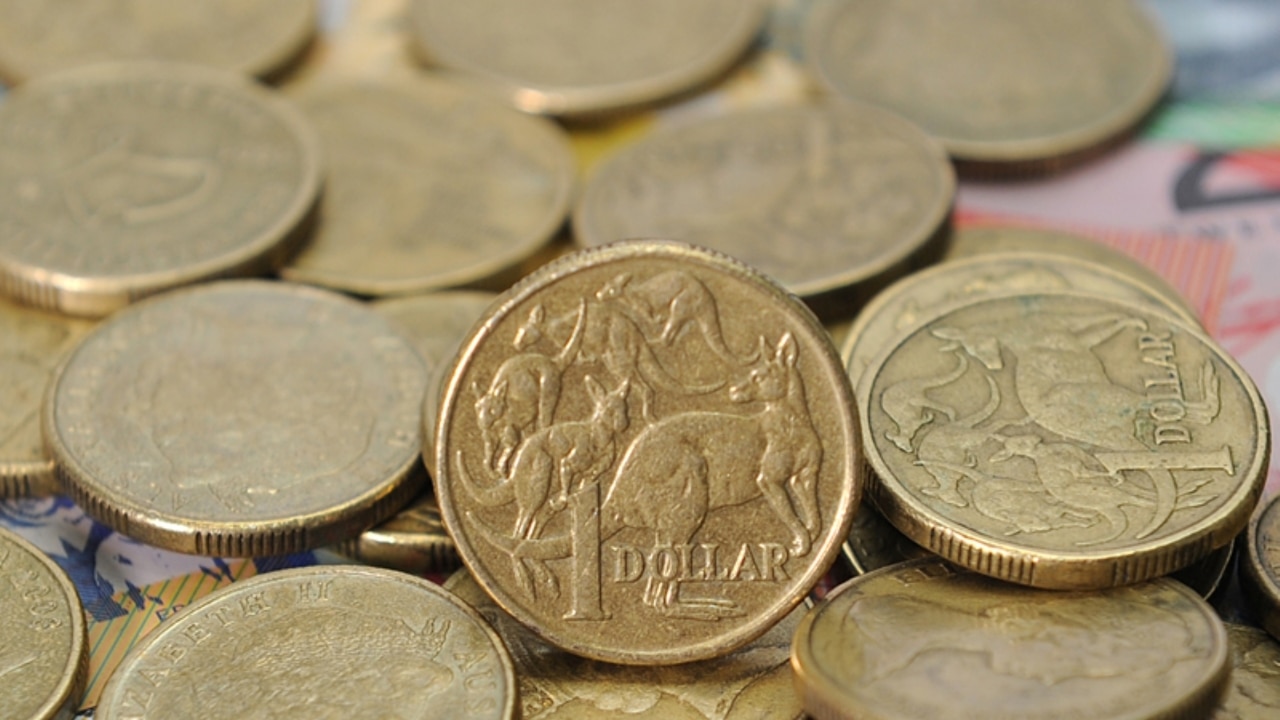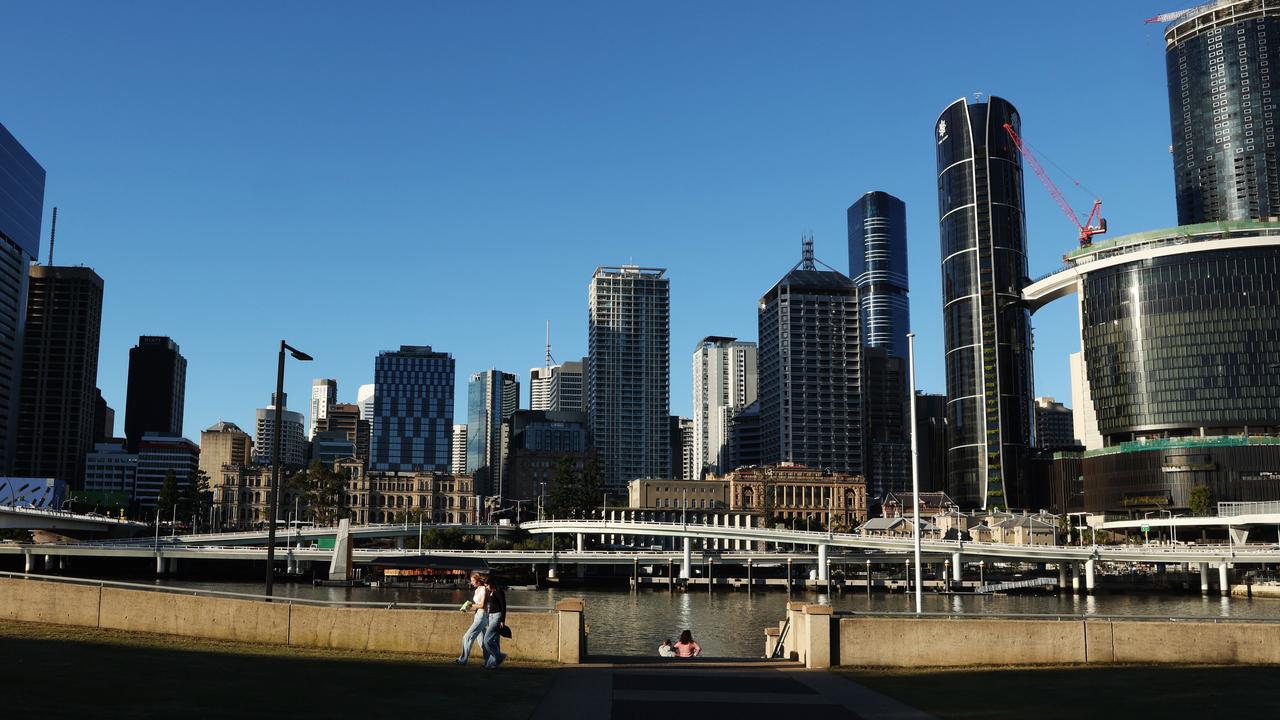Pay rises have peaked as other factors keep a lid on generosity
If you’re hoping for a significant jump in your wage, you may be disappointed, as several factors pile pressure on businesses.

Remember the brief post-Covid boom, that crazy period of huge labour shortages, surging inflation and big pay rises for many Aussies?
Well, those days are gone. Most people’s latest pay rise is probably their largest one for a while. Bummer, you might say, but if you are battling a big mortgage, the news may not be so bad.
Jobs and wages data released by the Australian Bureau of Statistics last week were not strong enough to prompt the Reserve Bank of Australia to either cut or raise interest rates soon, but continued to edge us towards a cut.
Wages growth clocked in at 4.1 per cent annually, according to the ABS, but it was propped by the 2023 September quarter’s 1.3 per cent jump. When that flows out of the annual calculations soon, wages growth will be much closer to 3 per cent.
Two-thirds of pay rises in 2023-24 were above 3 per cent, the highest level since 2009, KPMG says. And almost half were above 4 per cent, AMP says.
Some are getting even more. Aged-care workers received a 15 per cent boost last year, and will get up to 13.5 per cent more by October next year, after a government push to attract more people to the vital sector.

Big annual pay increases of 6-8 per cent flowed last year to some staff in health and tertiary education, but many people in the private sector missed out on rises linked to 2022’s soaring inflation because they were on existing multi-year wage agreements.
Meanwhile, Australia’s unemployment rate rose again, reaching 4.2 per cent in July – up from 4.1 per cent in June and continuing a trend since late 2022.
Economists believe unemployment will climb further in the months ahead, amid job ads falling and small businesses suffering.
Here’s why you shouldn’t be banking on a big pay increase any time soon.
1. COLLAPSING BUSINESSES
Insolvencies in business have been sadly rising sharply, with the hospitality and retail sectors hit especially hard by rising interest rates since 2022.
Inflation, and the RBA’s official interest rate, have been higher for longer than expected, and more businesses collapses means less demand for workers, giving bosses more bargaining power.

2. HIGHER UNEMPLOYMENT
It’s a similar story with the jobless rate. It’s easy to quit your workplace if you know you can easily get a job at the business across the road. But as more Aussies become unemployed, fewer will be tempted to threaten to leave if they don’t get a pay boost.
3. FLATTER INFLATION
Australia’s official inflation rate is 3.8 per cent, down from around 8 per cent in late 2022, and the RBA wants to see it between 2 and 3 per cent. It will keep squeezing us with high interest rates until that’s a certainty, so pressure on inflation-linked wage rises will fall. Mortgage interest rates should fall next year too.
4. POOR PRODUCTIVITY
Australia has been in a per capita recession for a while – with our overall economic growth only positive because of a huge migration boost. On average, every worker is getting a smaller share of the economy and is producing fewer goods and services. Not a recipe for wage rises.
5. A CHANGING WORLD
Recession fears continue in the US and elsewhere, while China has plenty of economic worries. When the world is edgy and demands less stuff, there won’t be price and wage inflation filtering in like we saw when the pandemic ended.
Originally published as Pay rises have peaked as other factors keep a lid on generosity





